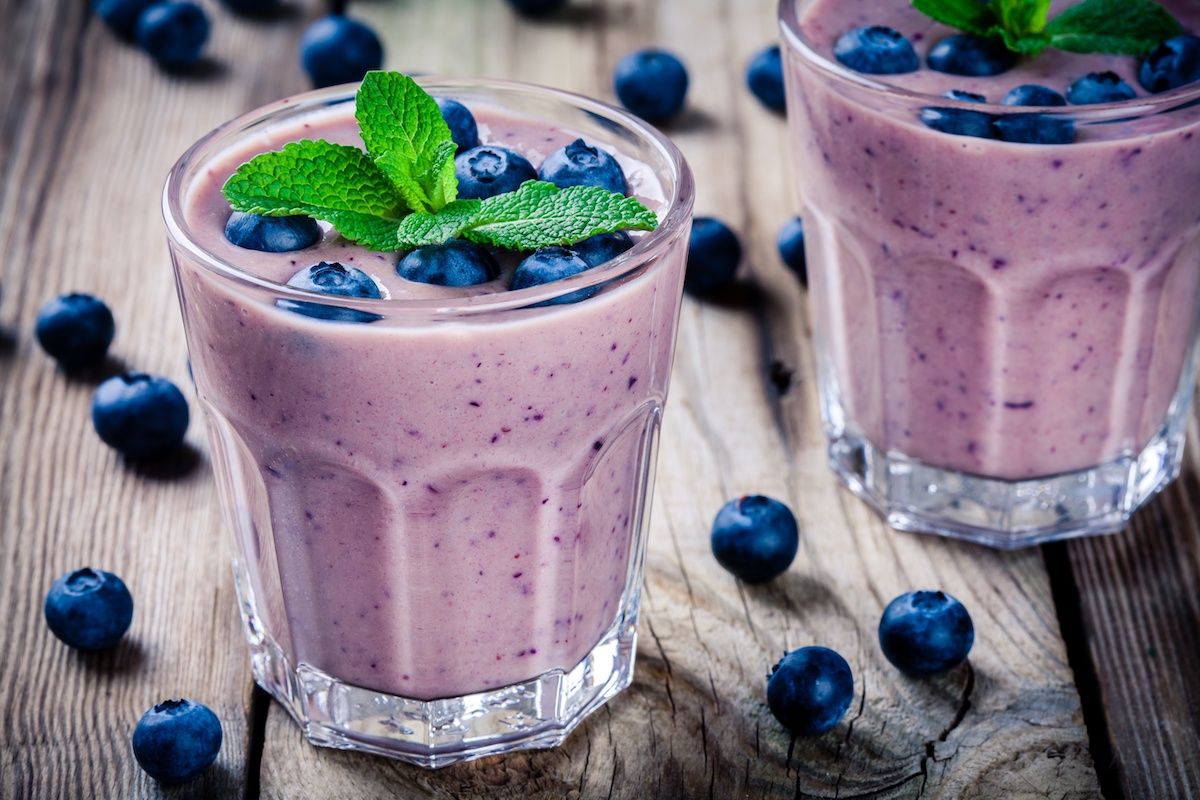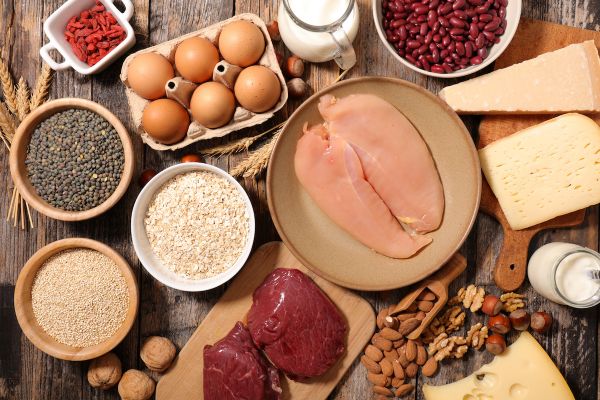Calories from food are essential to help meet your body’s energy needs and maintain a healthy weight. During treatment, your calorie needs may increase. Unfortunately, at the same time, you may find yourself eating less than usual due to the side effects of your treatment. Some common nutrition-related side effects include lack of hunger, feeling full quickly, an odd sense of taste, nausea or generally feeling unwell. This may lead to unintended weight loss, which could affect the way your body tolerates treatment.
Here are some tips for keeping your appetite on track during periods when you don’t feel hungry:
- Eat smaller amounts of food more often. Smaller meals or snacks may be more appealing, and eating every 2-3 hours may help stimulate your appetite. You can start by aiming for three small meals and three snacks daily.
- Set up a schedule of times to eat so you can remember to eat even when you don’t feel hungry. It may even help to set a timer or a reminder on your phone that it’s time to have a snack!
- Drink liquids after you eat. This will help prevent you from feeling full too quickly before or during your meals and snacks.
You may also need to consider foods that contain more calories per serving as a temporary measure, just to help maintain your weight and energy level. Some of these high-calorie foods are not recommended as choices for healthy eating, but they may be appropriate for a brief time based on your ability to tolerate food during your treatment. As you begin feeling better and your appetite improves, you should resume healthy food choices and resume regular-size portions.
Here are some ways to add extra calories to your food:
- Add nut butters to meals and snacks.
- Try full-fat dairy products, as tolerated (milk, yogurt, cream cheese, cottage cheese, ice cream).
- Use oil, butter or cream as sources of added fats. Adding fats to meals is a good way to add more calories to your day without making you feel as if you have to eat larger portions of food. Plant-based fats — such as oils, avocado or hummus — are preferred over fats from animal sources.
- Consider adding gravy, sauces, salad dressing, mayonnaise or sour cream to the foods you eat.
- Add some sweeteners (sugar, brown sugar, maple syrup and honey) to foods such as hot cereals or to beverages such as tea.
- Drink calorie- and protein-rich liquid nutritional supplements (such as Boost Plus, Ensure Enlive, or Carnation Instant Breakfast). Look for supplements that contain at least 250-350 calories and 10 grams of protein or more per serving.
You can make your own high-calorie shakes to increase the calories and protein you consume during the day. To maximize calories, use whole milk (or lactose-free substitutes) or one of the liquid nutrition supplements mentioned above as the base liquid for your shake. Add-ins such as Greek yogurt, dry milk powder, ice cream, nut butters and avocado can also give your homemade shake a calorie boost. Blend in frozen fruit and add other ingredients, such as honey or chocolate syrup. If you don’t feel up to drinking the whole shake, split it into two or three smaller servings, and try drinking in between meals.
Below are a few basic recipe ideas that can be tweaked based on your preferences and how you are tolerating different foods. For each recipe, add all the ingredients to a blender and blend until smooth.
Fruit Shake
1 cup whole milk
½ cup vanilla Greek yogurt
1 cup fresh or frozen fruit
2 tablespoons honey
Yield: 16 ounces (about 2 cups)
430 calories, 20 grams protein
High-Calorie Milkshake
½ cup ice cream, smooth, any flavor
8 ounces whole milk
1 scoop whey protein powder
Yield: 12 ounces (about 1 ½ cups)
380 calories, 28 grams protein

